Biotechnological solutions as key in control of FMD outbreaks
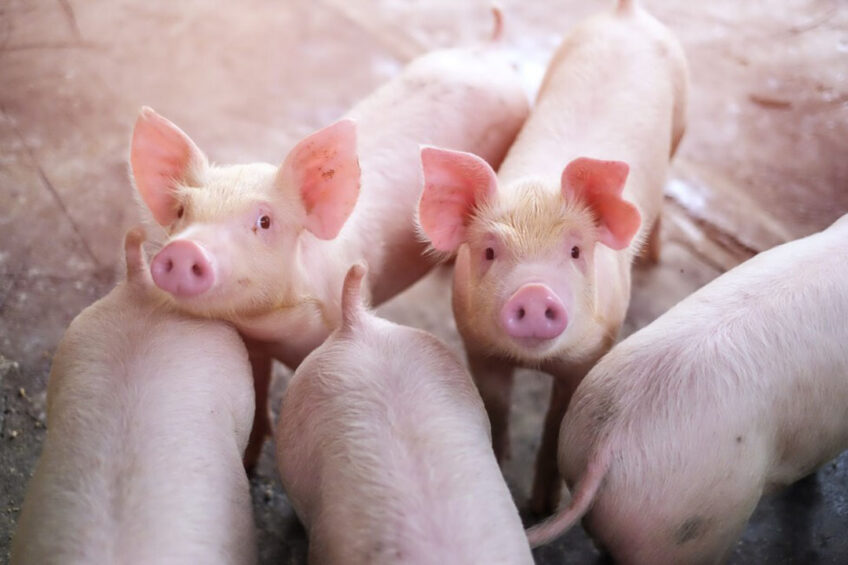
What are the prevention and control tools that allow a rapid, effective and adaptable response capacity to a sanitary emergency produced by an FMD outbreak?
When we talk about a sanitary emergency, we are referring to the appearance or outbreak of a given disease in a place or region where it was not present previously. If we consider the global hyper-connectivity between regions, people, animals, and goods, it’s not hard to see that the current risk for different strains of microorganisms to re-emerge, circulate and transcend country borders has increased.
This context represents a risk that must be contemplated by the authorities responsible for maintaining the sanitary status of the countries, as well as members of the animal health industry, to implement programmes that help prevent and control the outbreak of this diseases. A clear example of this is Foot and Mouth Disease (FMD), which is a highly contagious and transboundary viral disease that has the capacity to generate incursions into free countries or zones, generating new outbreaks that activate the sanitary emergency.
Emergency preparedness and response
To maintain the sanitary status of each country or region, it is essential to constantly evaluate and monitor the risk of incursion of this type of disease by the responsible authorities, together with the veterinary community, to provide the necessary information for emergency preparedness and response, designing the best strategy for the quick detection of the emergency and the implementation of appropriate containment procedures.
The evolution of science in veterinary medicine is key, since it is what allows us to have increasingly safe and effective biotechnological tools, such as biosecurity measures, early diagnosis and high-quality vaccines that allow us to quickly identify, prevent and control different diseases.
Millions of doses of FMD vaccine, Aftogen Oleo
A recent example of an FMD outbreak is the one happening this year in Indonesia, a country that maintained a ‘free without vaccination’ status since 1986. Biogénesis Bagó, one of the global leaders in FMD vaccine production, actively participated by supplying millions of doses of its FMD vaccine, Aftogen Oleo, since August and plans to continue supporting local authorities so that they can control the emergency and continue working on prevention.
The company has more than 25 years of experience in dealing with Foot and Mouth Disease emergencies. In 1997, it helped control an outbreak in Taiwan; in 2000, it played a key role in Argentina and Uruguay; and in 2016, it collaborated with the South Korean authorities to include vaccination into its official animal health strategy to prevent the appearance of new outbreaks.
Responding with the appropriate surge capacity
In all these cases, the company was able to efficiently solve one of the main challenges when dealing with an animal health emergency: to respond with the appropriate surge capacity. Its history and the experience and knowledge of its professionals allows it to be a strategic partner for countries when it comes to emergency preparedness, since in addition to the provision of vaccines, they can also count on strategic antigen reserves to ensure surge capacity in a timely response.
Therefore, it is very important to have an antigen and vaccine bank, which guarantees the availability of frozen viral antigen concentrates with which vaccines can be formulated and be ready in a matter of days. The antigen and vaccine bank technology is a key issue to ensure the efficiency in controlling emergencies and avoid the uncontrolled disease spreading.
The role of the industry lies not only in accompanying and collaborating with the health authorities and the scientific community, but also in making available the necessary tools to respond in a timely manner to this type of emergency. This is why Biogénesis Bagó is constantly evolving to ensure the development of new technological advances that transcend borders and species for the prevention of FMD in order to contribute to sustainable food production worldwide.
 Beheer
Beheer
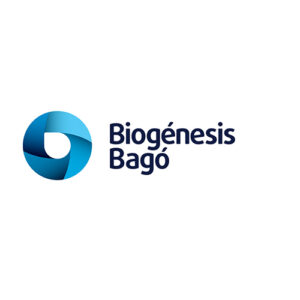
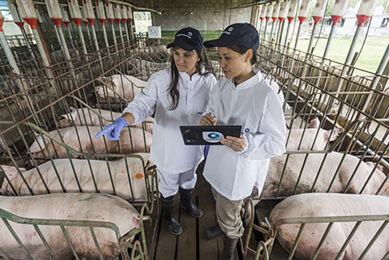
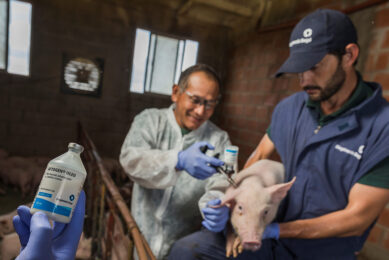
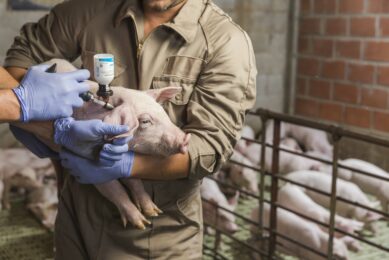
 WP Admin
WP Admin  Bewerk bericht
Bewerk bericht